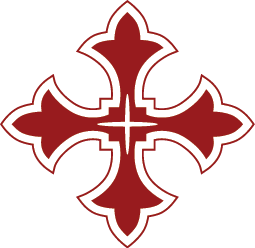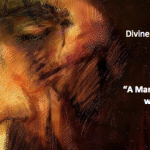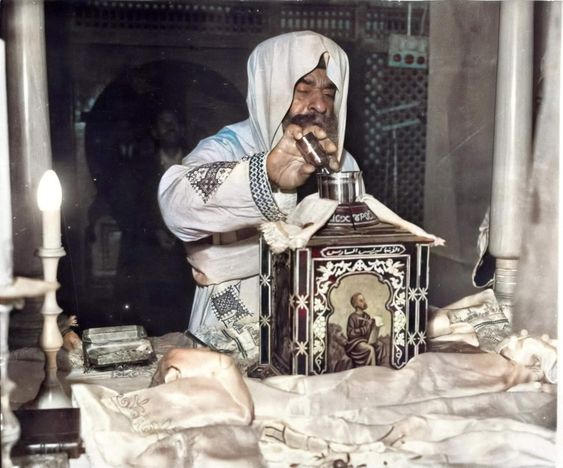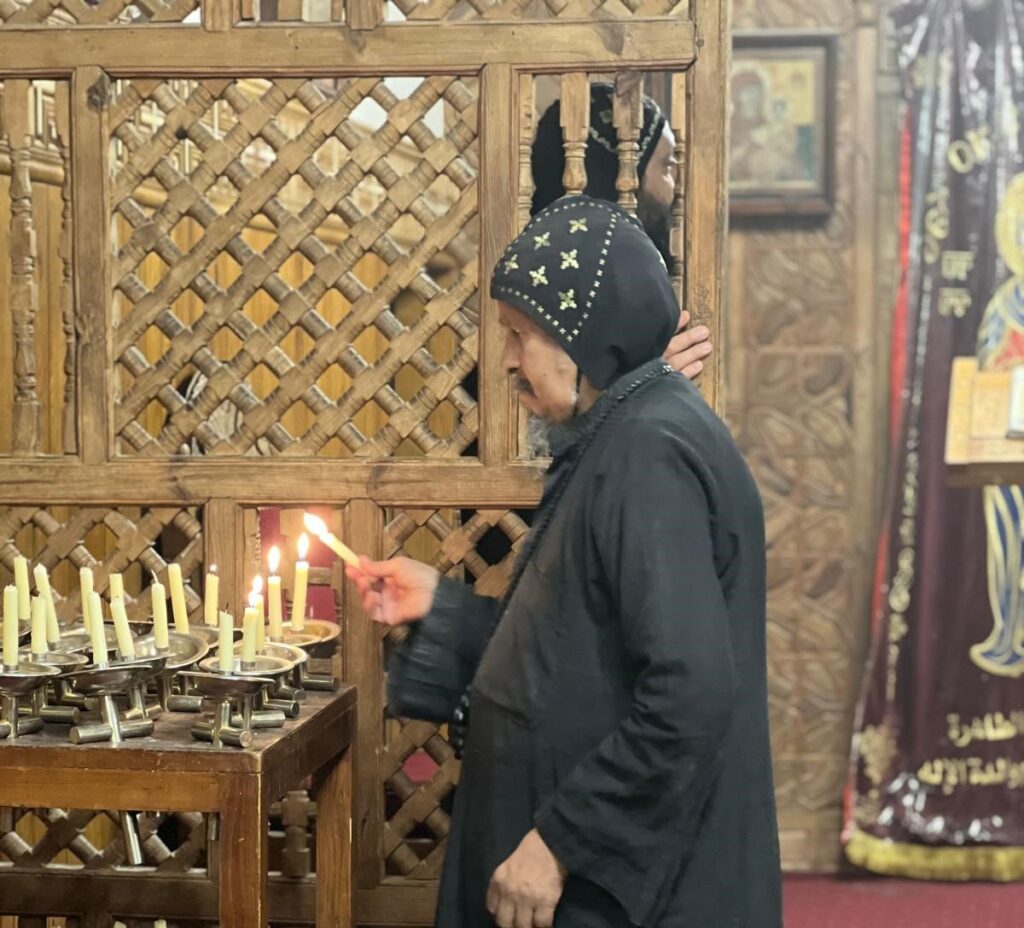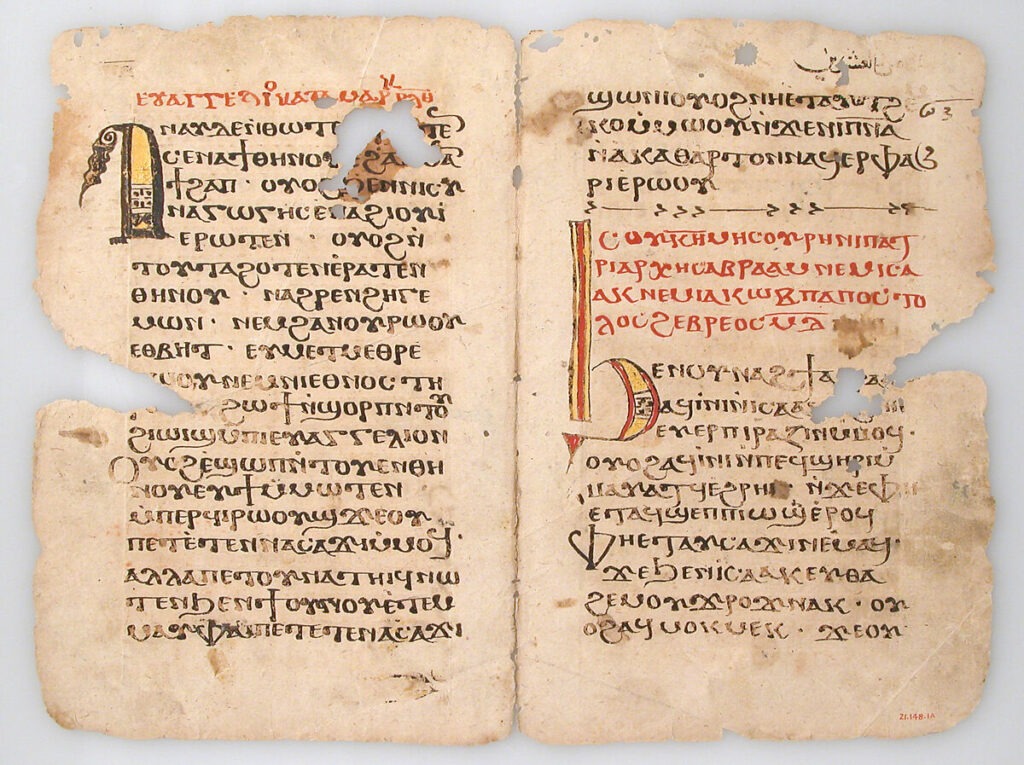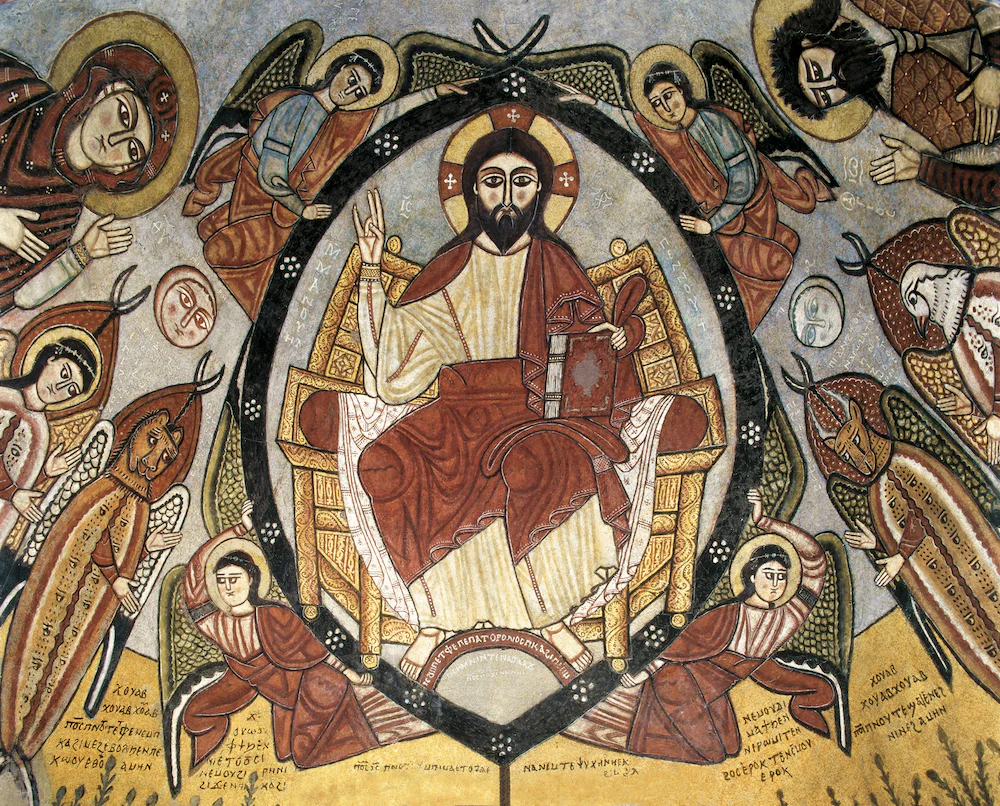The text tells us about a probably young Upper-Egyptian man, who was a merchant of imported women's fabrics. His extensive contacts with Moslems, especially crafty ones, resulted in him falling into sin with a woman and eventually he was forced to convert to Islam as a result. This happened during the reign of Osman the …
The text tells us about a probably young Upper-Egyptian man, who was a merchant of imported women’s fabrics. His extensive contacts with Moslems, especially crafty ones, resulted in him falling into sin with a woman and eventually he was forced to convert to Islam as a result. This happened during the reign of Osman the Ayyubite (1193-1198 AD). He later repented and took refuge with his children in a village near his own, called Pepleu. There, the village ruler was very favorable to Christians. After years of atoning for his sin, he decided to attempt to gain an official pardon from the king. At the time, el-Kamel was reigning in the name of his still-living father el-Adel. So he sailed to Cairo with his son(s).
There he sold the fabrics that he had and gave the money to his son(s). He apparently left his son(s) in the care of the Upper Egyptians that he was staying with. He met with a priest called John who tried to have him go to the Patriarch first before making his petition. But he opted to go to the king’s physician Abu-Shaker instead. Abu-Shaker was not in favor of what the saint planned to do, but he failed to convince him of that. In Cairo, he started to write petitions to the king with his request, which of course brought no reply. In his disappointment, he attended a feast of St. George, held in a village church near Cairo. There he met with another priest called Arous, who in some way provided an encouragement for what he was about to do.
Shortly after, he jumped in front of the king while parading on his horse and delivered his petition, personally and politely. This, of course, eventually got him arrested for three days so, according to the authorities, he would sober up. The Coptic officials got Abu-Shaker to go with them and meet the martyr in prison. A similar discussion, to the one that they had earlier, ensued and the result was again no change in the martyr’s stand on the issue. The king that night also tried to persuade him to recant his statement publicly and then he would be assisted in relocating to another country
where he could practice his Christianity. Politely again he refused such an invitation and was sent back to finish his three-day sentence.
At the conclusion of the three days he was brought up in front of the king in the midst of a public gathering in the marketplace to commemorate the sending of fleet ship(s), probably to participate in the crusaders’ wars. Many people from different nationalities were in attendance along with the usual mob of marketplace, vendors and merchants, Moslem clerics, Mamlukes, etc. During this trial, the martyr affirmed his desire to be granted back his Christianity or be purified by the sword. The king tried to gently and lavishly persuade him to declare his Islamic faith again but was unsuccessful. Then he tried to scare him using a Mamluke called Philim but again to no avail. Finally he had him beheaded, though the head did not separate totally from the body. In the custom of the rulers at the time, they left the body hanging there as a warning to anyone
contemplating making such a confession.
The text also contains a record of eyewitness reports of several people about the martyr’s character, as well as the events that occurred immediately following his death. This included the mob scenes, beating of Christians, and the terror that reigned over the Christians that evening. It also tells about two nightmares that the king had, a few days after, where he saw the martyr who ordered him to have his body taken down.
He eventually ordered the martyr’s body to be taken down and thrown in the Nile wrapped with the stones that were thrown at him. This section goes on to tell us the identity of the author and that it took him eleven months after the actual death of the martyr to investigate the truth of the story before writing it. The incident was in 1209 AD, and the date in the colophon for completing the writing of the manuscript is 1210-11 AD.
By: Hanny Takla
(From: The Thirteenth-Century Coptic Martyrdom Of John Of Phanidjoit, Reconsidered)
Join Us: Sign Up Today!
Tags:

